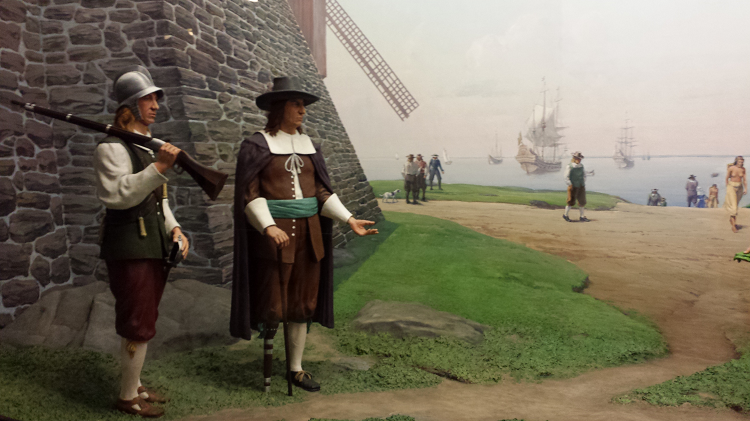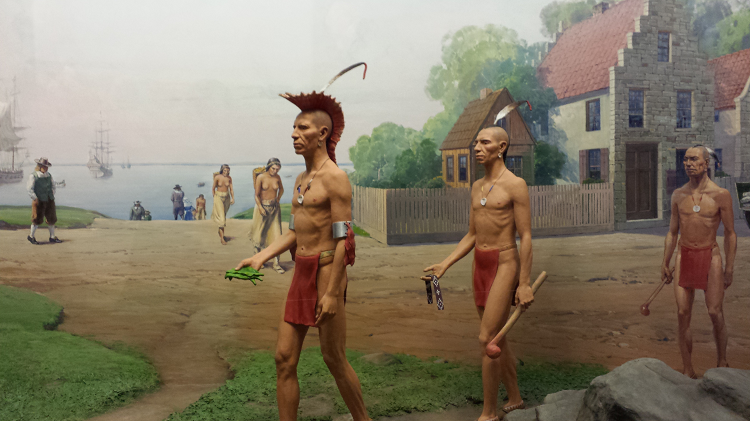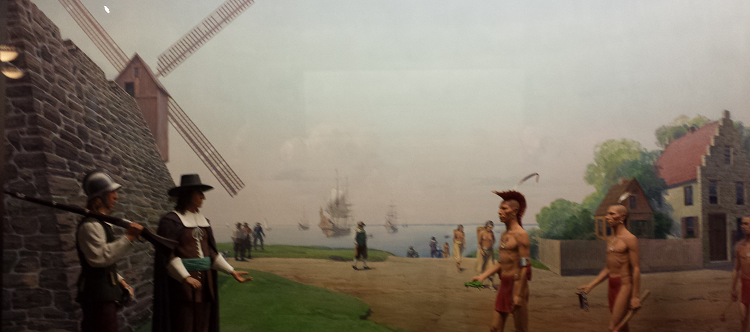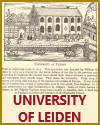The Dutch settlement of New Amsterdam, located at the southern tip of Manhattan Island, was established in 1626 as a trading post by the Dutch West India company. It served as the capital of New Netherland, a Dutch colony in North America.
Economic Center: New Amsterdam was primarily a commercial and economic center. The Dutch established it to engage in the fur trade, trade with Native Americans, and exploit the area's rich natural resources.
Diverse Population: The settlement attracted a diverse population, including Dutch, English, French, and others. The Dutch colony was known for its tolerance, which allowed different religious and ethnic groups to live and trade together.
Peter Stuyvesant: Peter Stuyvesant, the last Dutch director-general of New Netherland, is a well-known figure associated with New Amsterdam. He led the colony during its final years as a Dutch possession.
Conflict with the English: In 1664, the English, under the command of Colonel Richard Nicolls, captured New Amsterdam during the Second Anglo-Dutch War. The English renamed it New York in honor of the Duke of York, who later became King James II of England.
Legacy: New Amsterdam's legacy is evident in the diverse and cosmopolitan nature of modern-day New York City. The Dutch influence can be seen in various aspects, including place names, architecture, and cultural traditions.
The Dutch settlement of New Amsterdam played a significant role in shaping the cultural and historical landscape of what would become one of the United States' most populous and influential cities.
|















